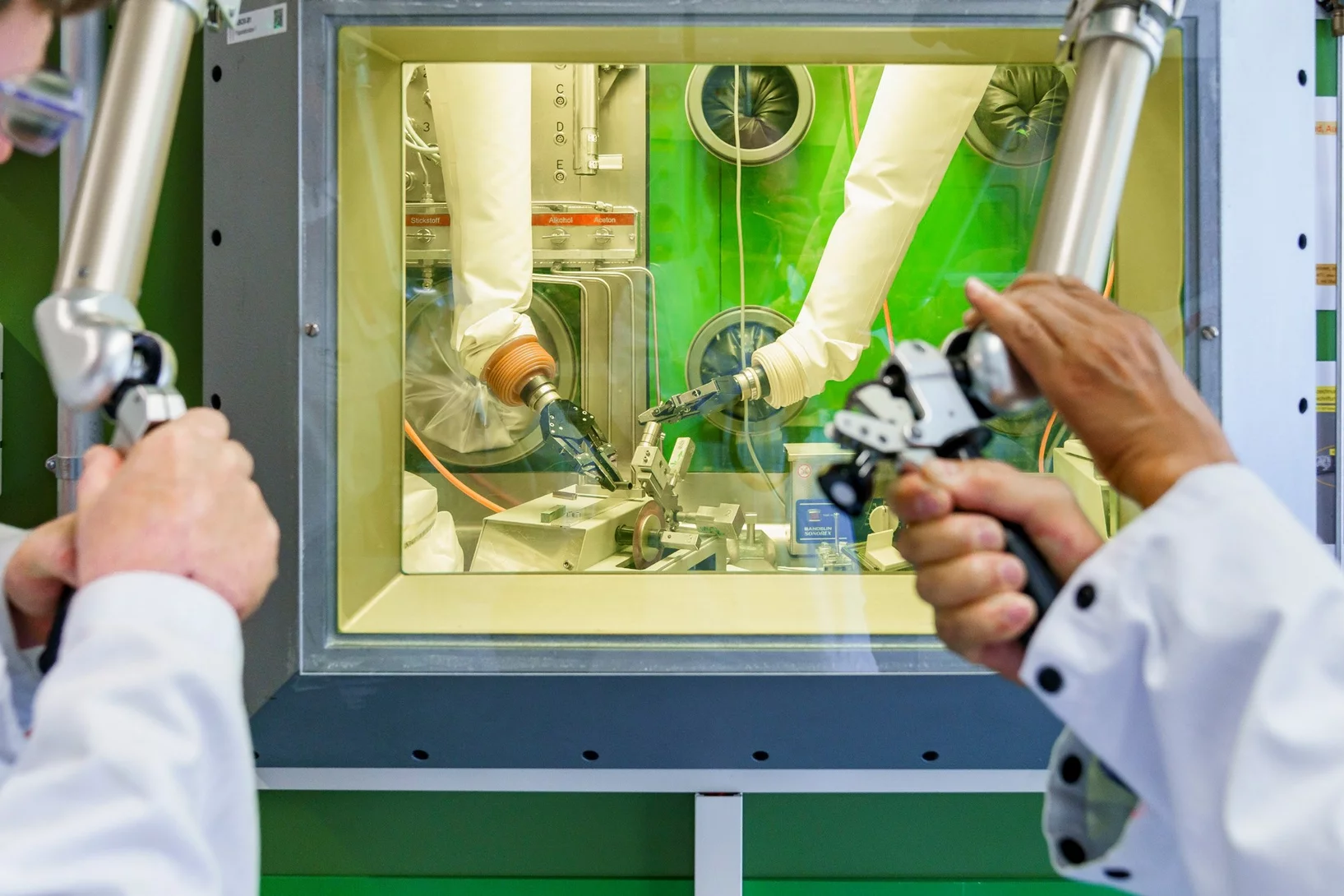Scientific Highlights
Predicting component lifetimes in nuclear facilities
For 30 years, experiments have been providing unique insight into how metals and ceramics degrade under high-energy proton bombardment.
POLIZERO: PSI project shows paths to climate neutrality
The net-zero target is achievable – if Switzerland sets the right political course now.
PSI’s cement whisperer
John Provis has dedicated his research career to a building material that is far more exciting than you might think.
AI paves the way towards green cement
Researchers at PSI are using artificial intelligence to develop environmentally friendly formulations for cement.
Upcoming Events
Bevorstehende Veranstaltungen
No upcoming events.





